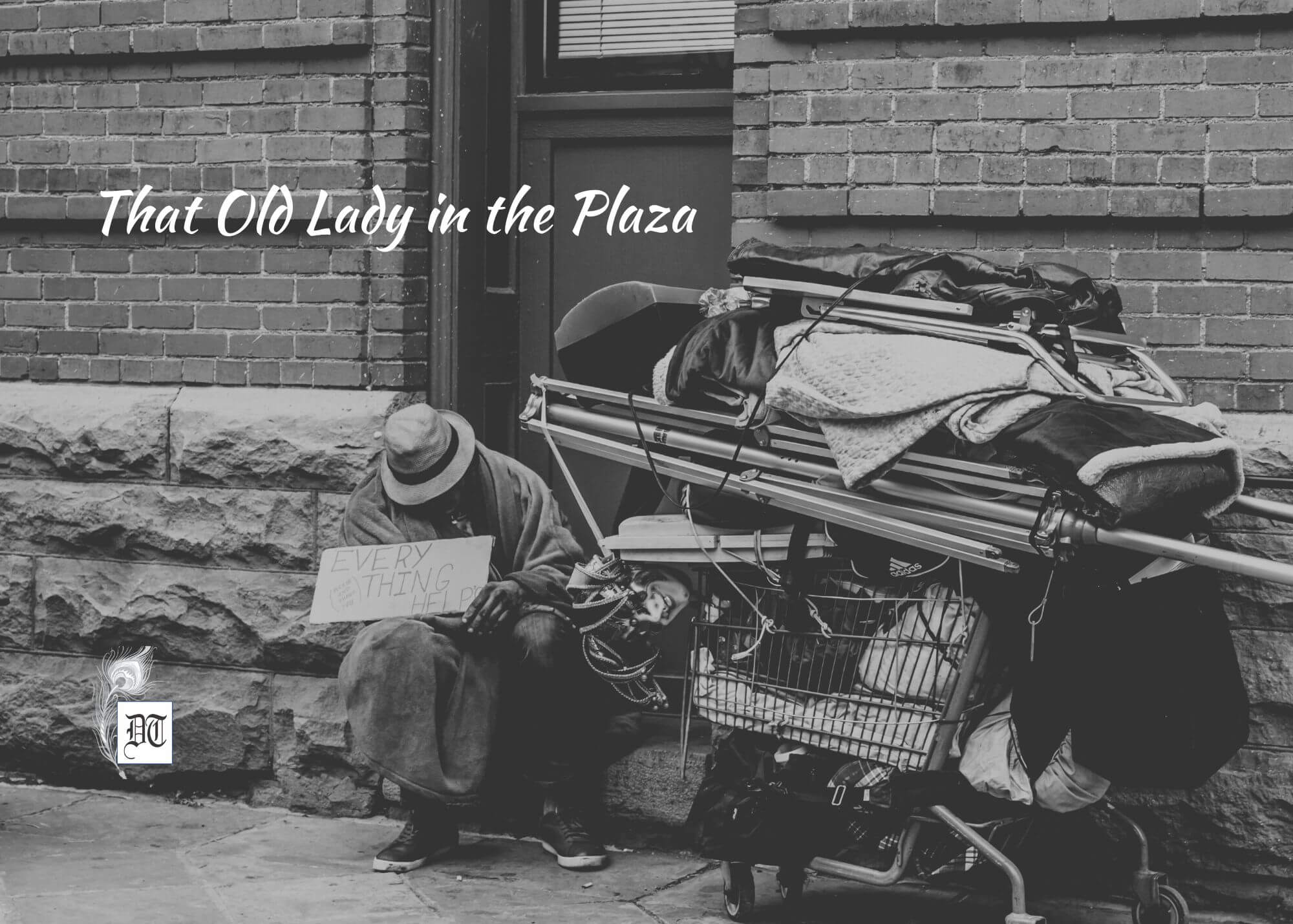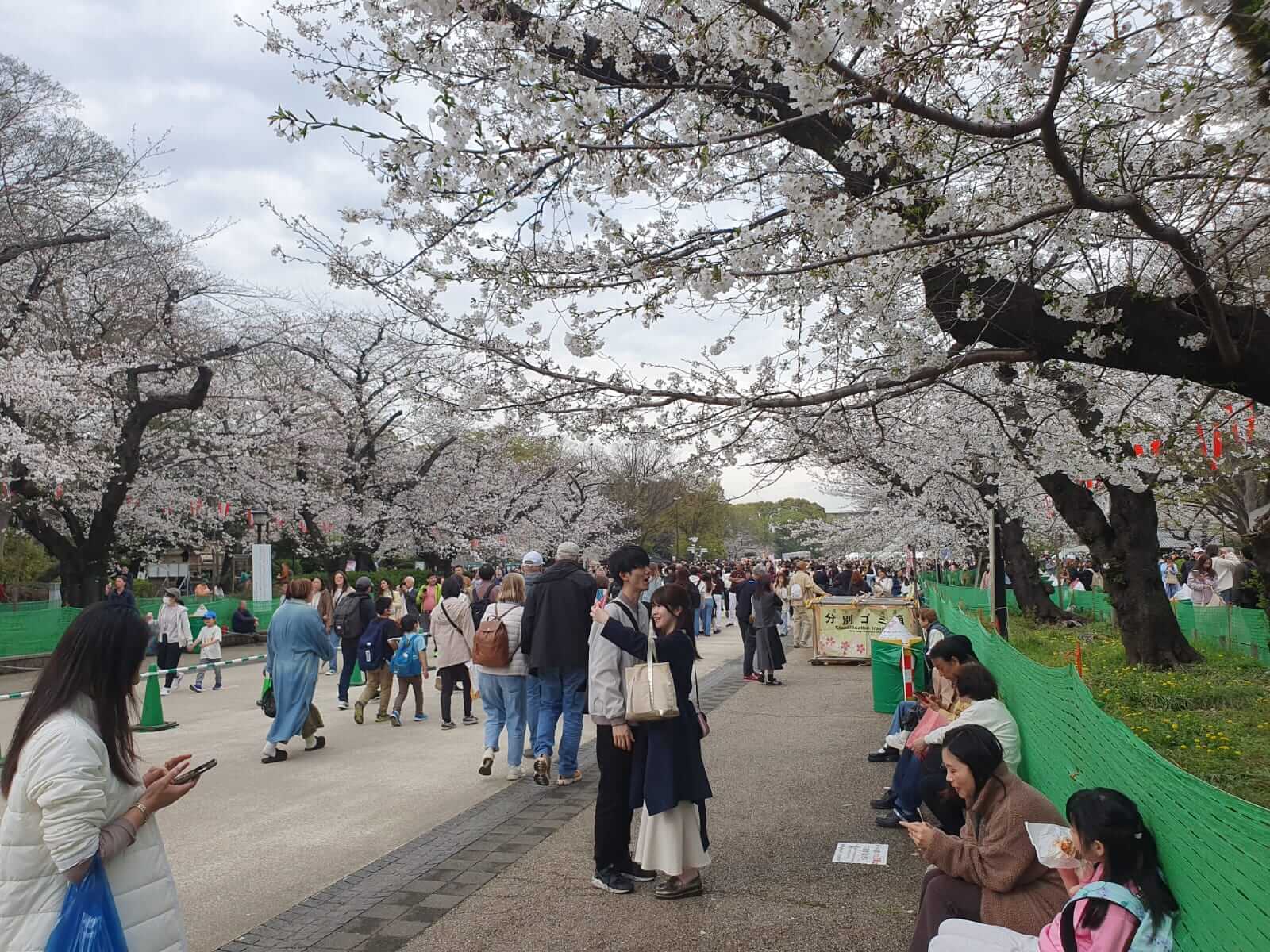The history of Losar dates back to the pre-Buddhism era of Tibet. Bon religion was widely practiced in Tibet before the advent of Buddhism in Tibet. During the winter season, it was a spiritual practice to burn large quantities of incense sticks to appease the local spirits, deities, and protectors. This tradition continued after the advent of Buddhism in Tibet. It’s believed that an old woman Belma introduced the measurement of time-based on phases of the moon. This festival took place during the flowering of the apricot tree of the Lhokha Yarla Shampo region in autumn. Lhokha translates to South of Mountains in Tibetan Language and the region is considered as the birthplace of Tibetan civilisation. This was also a time when irrigation, cultivation, refining iron from ore, building bridges were first introduced to Tibet. Festivities and ceremonies were marked as the introduction of the new capabilities and this is considered to be a precursor to Losar Festival, says, Eswar, in the regular column, exclusively in Different Truths.
While we celebrate the beginning of another year, I was reminded of reading about the Tibetan New Year celebrations, Losar.
The Tibetans mark this occasion to get rid of evil spirits from their homes and lives and enter the new year of happiness and prosperity. The history of Losar dates back to the pre-Buddhism era of Tibet. Bon religion was widely practised in Tibet before the advent of Buddhism in Tibet. During the winter season, it was a spiritual practise to burn large quantities of incense sticks to appease the local spirits, the deities and protectors. This tradition continued after the advent of Buddhism in Tibet. It’s believed that an old woman Belma introduced the measurement of time-based on phases of the moon. This festival took place during the flowering of the apricot tree of the Lhokha Yarla Shampo region in autumn. Lhokha translates to South of Mountains in Tibetan Language and the region is considered as the birthplace of Tibetan civilisation. This was also a time when irrigation, cultivation, refining iron from ore, building bridges were first introduced to Tibet. Festivities and ceremonies were marked as the introduction of the new capabilities and this is considered to be a precursor to Losar Festival. At a later point
At a later point of time, when astrology based on five elements was introduced to Tibet, this farmer’s festivals took the shape of Losar. Losar is also referred to as ‘Bal Gyal Lo’ which refers to the year when the first King was enthroned.

In the book, Dalai Lama – My Son, Diki Tsering, mother of His Holiness XIV Dalai Lama, beautifully describes the festivities that surrounds Losar. She talks about elaborate preparations undertaken for Losar beginning after the eighth day of the twelfth month. Twenty days are spent making noodles, pastries, rolls, kabse and timomo. The food is allowed to freeze naturally and stacked up in the store house until when they are required.
Bread is baked for the first, second and third months and stacked in rows and allowed to freeze. The evening before the bread is to be consumed, the stacked bread is placed in a container and heated a little. This is an important process because, if this part is forgotten, the family would not have bread to eat since it would be hard as a rock!
On the eve of Losar, pig’s head is cooked and boiled with mutton. Chicken is not eaten nor fish. Friends and relatives are invited home for dinner and the meals is mainly noodles and meat. None in the family sleep on the eve of Losar. Diki Tsering remembers her childhood when she used to be so excited that she used to ask often ‘Has the sun risen?’, since that was the sign for festivities to begin.
Once its dawn, they used to go out in the newest and finest of clothes, Most elaborate bridles and saddles were put on their horses and they set off crackers and guns singing and shouting ‘Lha gyal lo’ meaning ‘Victory to the gods’.
A visit to friends place followed and gifts were presented, which mainly consisted of bread and pastries and greeted one another ‘Tashi deleg’ meaning ‘Good Fortune’. Children prostrated touching heads and bodies to the ground three times in the presence of parents, grandparents, and other elders. If there were ‘Lamas’ nearby, the children went for the blessing.
Losar was an elaborate fifteen days of festivity, the second day was spent on the pilgrimage to places of worship. Men played ‘Mah-Jongg’ and dice, young people sang and danced and children played games such as ‘sham-liu’ or swinging. After the fifteenth day of the first month, the elderly and those who did not work continued the fun, while the youngsters and servants resumed work.







 By
By